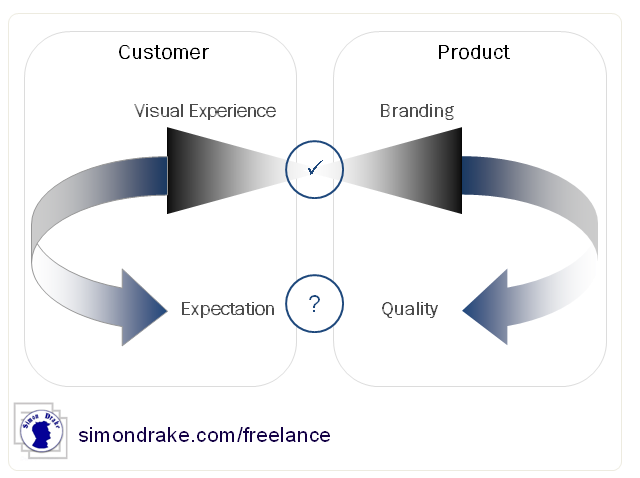AI programs (ChatGPT, Microsoft Copilot and Google’s Gemini) are ubiquitous but they can’t help you impress the people that makes a large deal move along in the right direction.
The plethora of AI solutions are out there for anyone to use, and paid services offer more value, yet the end result is the same: Automation of research and writing. It is a great leveller, also a disappointment, but still a subtle threat to your market share.
So How Do You Compete with AI to Make Good Presentations?
The Answer is: You don’t.
Don’t worry about them. Yes, AI tools are great to assist you in creating a presentation, but AI does not create. It can appear to create, it can manifest a creation process, but it is not in touch with your customers like you are.
My personal attitude is that when creating a presentation or writing a document, AI is there to help (review, add its formulaic array of ideas) but it is your inspiration and the need to evolve your message that gives you an edge.
Most people are lazy, they will throw a few inputs at an AI program, edit the responses and think they are a genius. But at some point we can recognise sloppy AI work from lazy people because the combined output is about inspiring as derisory romance novel. There is a bold intention, but the execution is limp and lacklustre.
Never forget that it is you doing the communicating, and your voice is unique and should not be swayed or edited to fit-in like the fat-average of AI output. Your bullet points may be in your style but that’s your style. Don’t go changing.


